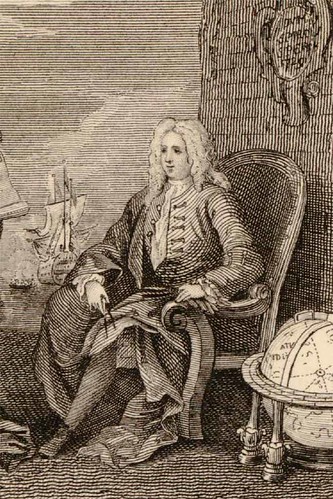Pirates, buccaneers and privateers
Although the word “pirate” is used in early documents, secondary literature on Guam’s history has also referred to these pirates as “adventurers,” “buccaneers” and “privateers,” all of which refer to the same profession of, among other things, preying upon and stealing from ships, with the primary objective being Spanish galleons carrying gold and silver.
The term “buccaneer” originates from the Caribbean Islands and refers to pirates that attacked Spanish and later French shipping in the 17th and 18th centuries. A privateer was a ship authorized by a country to attack enemy shipping and by default those undertaking these attacks became known as privateers.
After a June 1668 royal order requiring all Acapulco originating galleons to stop at Guam in support of the Spanish Christian mission there, fires were kept burning at the highest points of Guam when the ships were thought due so that they would not miss the island. The fires, however, may have also helped attract pirates.
There are accounts of visits to Guam from the following “adventurers”: Thomas Cavendish, Oliver Van Noort, John Eaton and William Ambrosia Crowley, William Dampier, Woodes Rogers, John Clipperton and George Shelvocke, and William “Bully” Hayes.
By Nicholas J. Goetzfridt, PhD
For further reading
Lévesque, Rodrigue. History of Micronesia. A Collection of Source Documents. Vols. 8-11. Québec: Lévesque Publications, 1992-1997.
Lubbock, Basil. Bully Hayes, South Sea Pirate. Boston: Charles E. Lauriat Company, 1931.
Madrid, Carlos. Beyond Distances: Governance, Politics and Deportation in the Mariana Islands from 1870 to 1877. Saipan: Northern Mariana Islands Council for Humanities, 2006.
Preston, Diana, and Michael Preston. A Pirate of Exquisite Mind. Explorer, Naturalist, and Buccaneer: The Life of William Dampier. New York: Walker & Company, 2004.
Rogers, Woodes. A Cruising Voyage Round the World: The Adventures of an English Privateer. Torrington: The Narrative Press, 2004.






